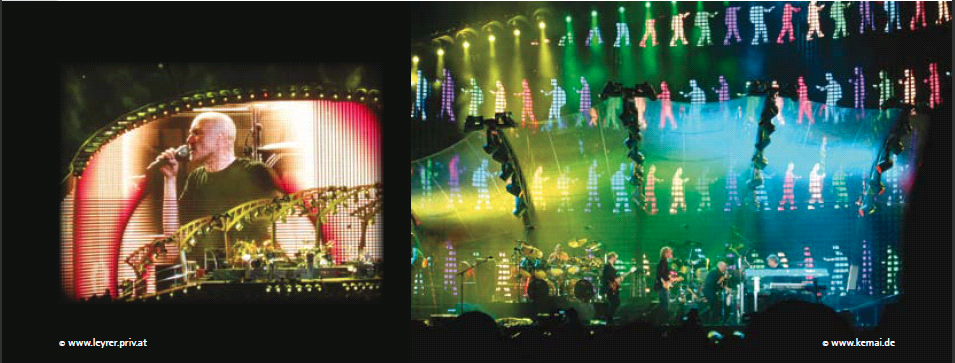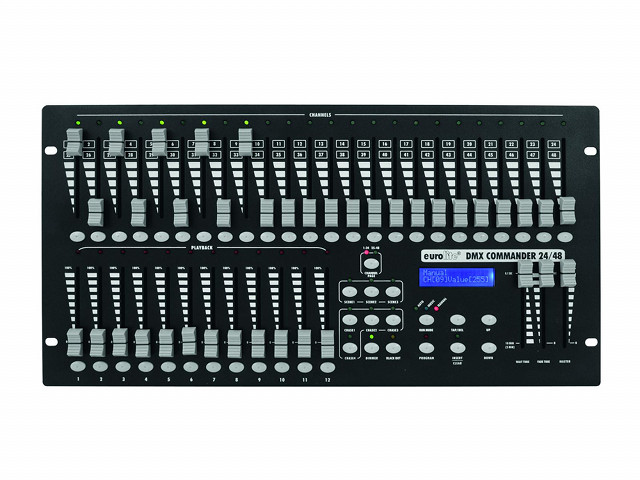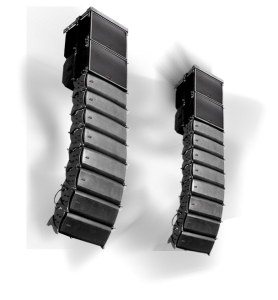
Barbecue and Genesis
For a good meal, the right ingredients are indispensable. For a good light show, the equipment is. And for more than 25 years now, Moving Head spots are part of this equipment. They’re not only a part of it, but have become essential and integral for lighting technology. No concert, no TV show would do without the use of these multi–functional spots. But who invented them?
It wasn’t the Swiss this time. The spots took their first steps in the USA. In 1970, Showco was founded and emerged as one of the leading providers of PA and lighting installations at live events. After a few years, Showco could boast some really illustrious customers like Led Zeppelin, The Who, David Bowie and Genesis. But the Americans had competitors from England, who used aluminum instead of steel for their PAR cans and experimented with new dimmer technologies, breaking new ground with devices working more efficiently. The financial losses grew so big, that Showco really thought about giving up and retiring from the lighting business. But it shouldn’t come to that.
Read more »







